Optimal Timing for Waterproofing
Waterproofing is essential for protecting structures from water intrusion and damage. The optimal timing for waterproofing depends on climate, weather conditions, and construction schedules. Properly timed waterproofing can extend the lifespan of a building and prevent costly repairs.
Spring offers moderate temperatures and less rain, making it ideal for waterproofing projects before heavy summer rains.
Summer provides warm, dry conditions suitable for most waterproofing applications, especially in regions with less humidity.
Fall is suitable for waterproofing to prepare structures for winter, provided temperatures remain above freezing.
Winter waterproofing is generally discouraged due to cold temperatures and potential moisture issues, but some specialized products can be applied in milder winter days.
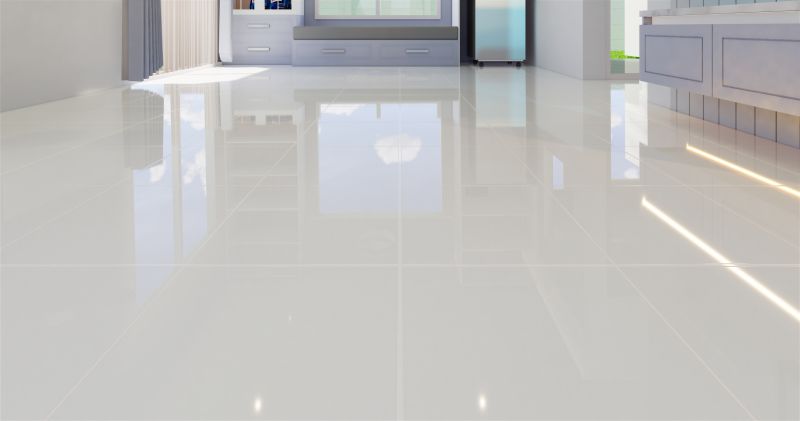
Ways to make Waterproofings work in tight or awkward layouts.

Popular materials for Waterproofings and why they hold up over time.
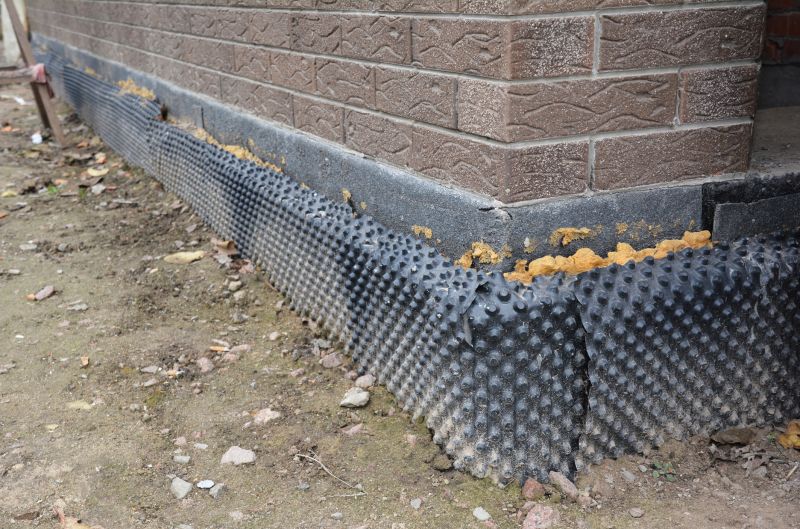
Simple add-ons that improve Waterproofings without blowing the budget.
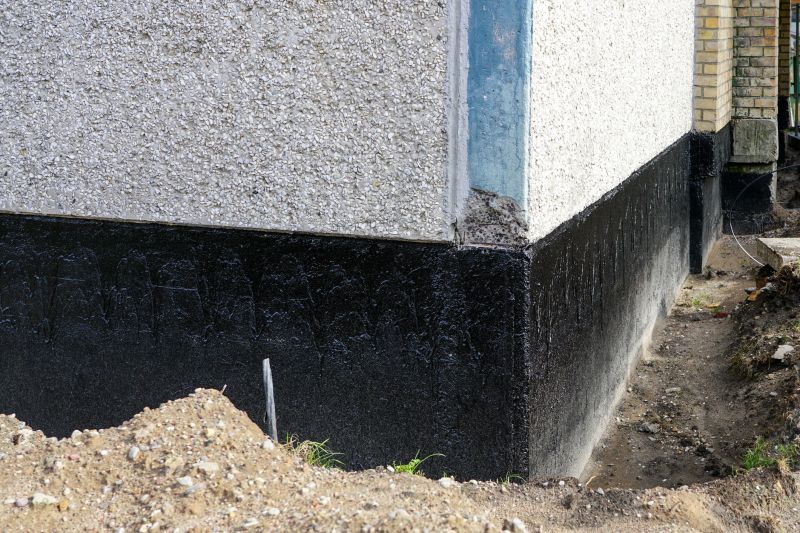
High-end options that actually feel worth it for Waterproofings.
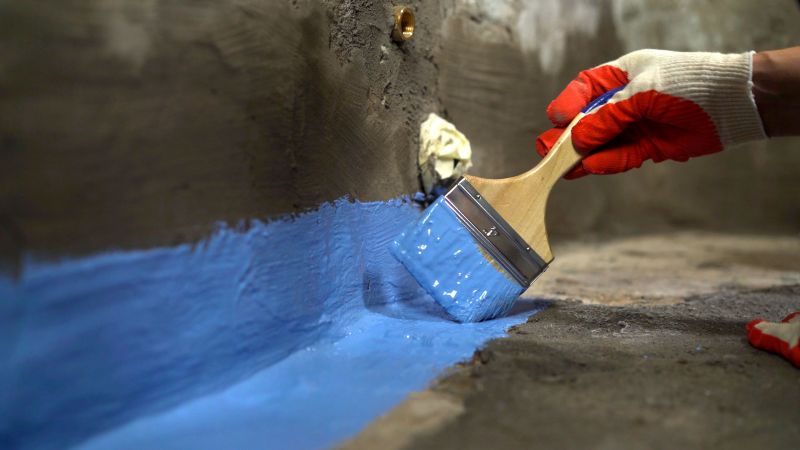
Finishes and colors that play nicely with Waterproofings.
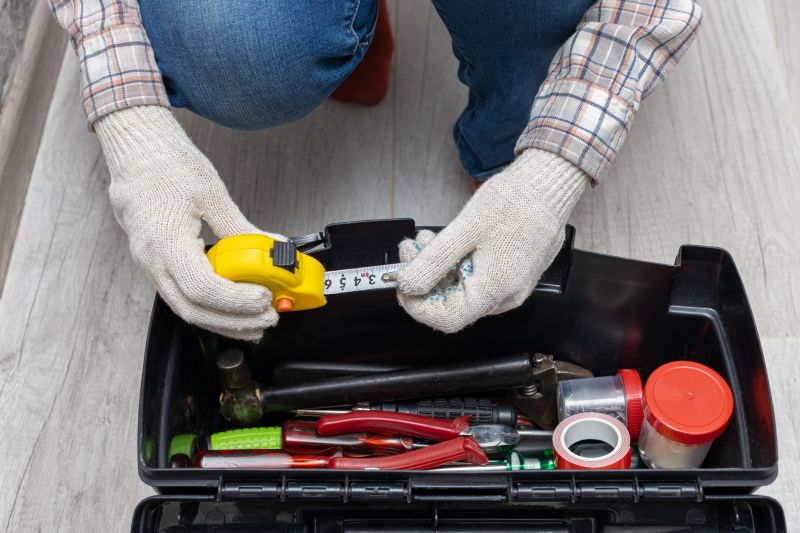
Little measurements that prevent headaches on Waterproofings day.
Waterproofing involves applying specialized materials to prevent water penetration in structures such as foundations, roofs, and basements. It plays a critical role in maintaining structural integrity and preventing issues like mold, mildew, and water damage. Effective waterproofing can significantly reduce maintenance costs and enhance building durability.
Statistics indicate that buildings with properly applied waterproofing systems experience fewer water-related issues and have increased lifespan. The global waterproofing market continues to grow, reflecting the importance of moisture protection in construction. Proper timing and application techniques are vital for maximizing waterproofing effectiveness.
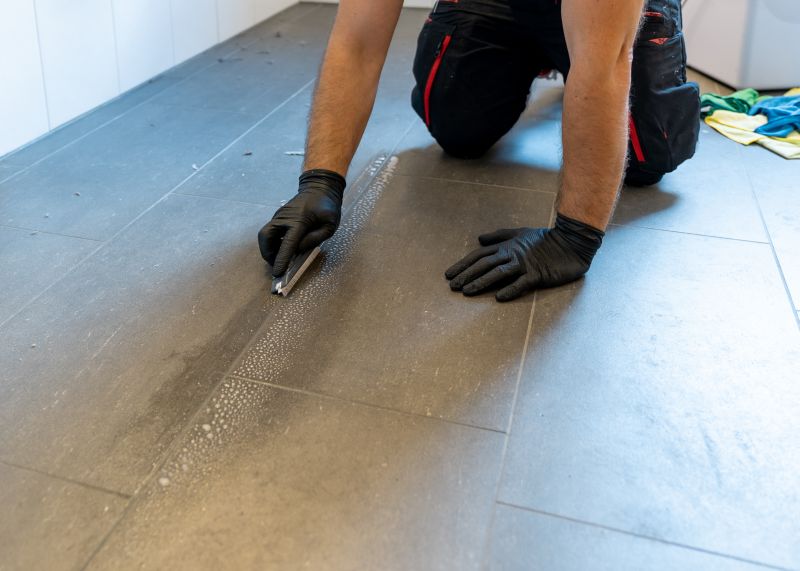
A 60-second routine that keeps Waterproofings looking new.

A frequent mistake in Waterproofings and how to dodge it.

Small tweaks to make Waterproofings safer and easier to use.

Lower-waste or water-saving choices for Waterproofings.
| Season | Ideal Conditions |
|---|---|
| Spring | Moderate temperatures, less rain |
| Summer | Warm, dry weather |
| Fall | Above freezing temperatures |
| Winter | Limited, specialized applications |
Choosing the right time for waterproofing depends on local climate conditions and project requirements. Proper planning ensures optimal application and long-term protection. Consulting with waterproofing professionals can help determine the best timing for specific structures.

